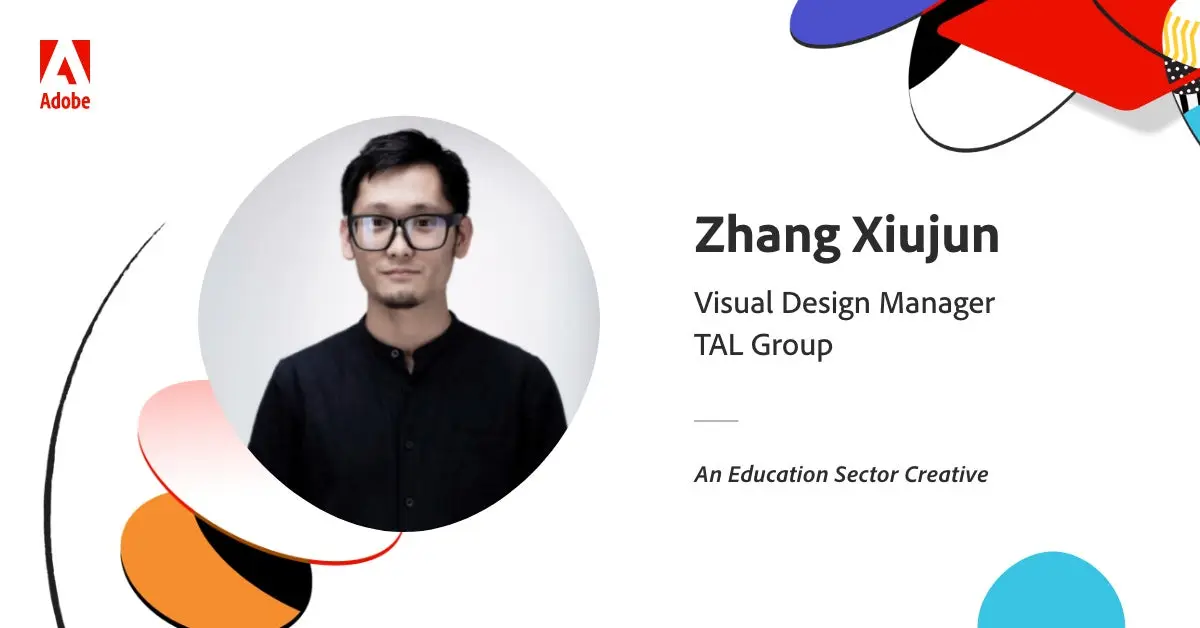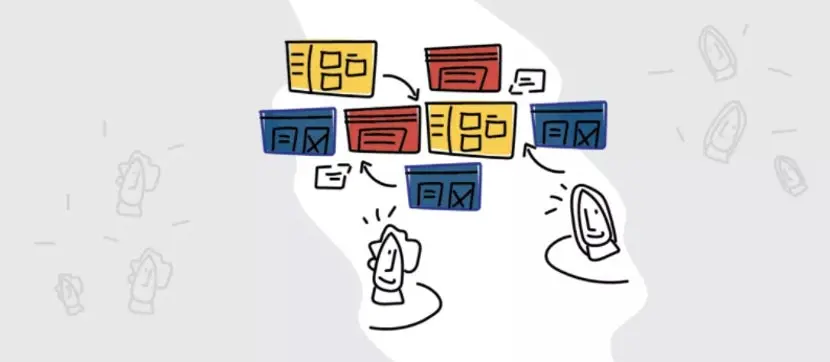The experience design behind China’s online education industry

In the post-COVID era, what challenges and opportunities will innovators face? How will they respond to changes and seize opportunities? To find out, we’ve launched the “Post-COVID Insight” series, inviting innovators in different industries to share their insights and views on the post-COVID era.
For this issue, we invited Zhang Xiujun, Visual Design Manager at China’s educational technology group, TAL Group, to share his ideas and feelings about the post-COVID era as a creative in the education sector.
Hidden opportunity amid the education sector’s crisis
Zhang says that accessibility to regular classes for students during the pandemic has been a huge test for both small local institutions and leading nationwide institutions.
In response, many schools have transitioned to online teaching, which is now widely accepted by students who have spent months nurturing new learning habits. This transition has ushered in a peak of growth for the education sector as the advantages of online education have come to light. While online education will continue to remain a major development trend as a swift response to emergencies, it will also bridge the accessibility gap, providing fairness in educational resources. Overall, Zhang is optimistic about the future of education, seeing opportunities for entirely new models arising from the pandemic crisis.
TAL has relatively mature technology, teaching and research systems, and in the face of the pandemic, were able to make the necessary adjustments efficiently. In February 2020, TAL became the first educational institution to open free live online courses for primary and secondary school students in China across all subjects. In partnership with multiple platforms, including xuexi.cn, CMG Mobile, Youku, Tencent and iQIYI, it launched its courses online through various channels. As the first online schooling of its kind in China, TAL’s design experience department used the program to test-and-learn. Together, each staff member contributed their expertise and provided more personalised, human-centric services for students and parents around the country.
Creatives need to improve skills vertically and horizontally
Zhang believes that new market resources in the creative industry that emerged in the pandemic will expand into high-quality enterprises. Small enterprises with a single business model and low-risk resistance may face M&A and integration. In such cases, it is important for creatives to keep up with and embrace changes.
“The pandemic is like a touchstone: it tests not only strength but also flexibility.” Says Zhang.
According to Zhang, as the times change, so do users’ thought patterns, consumption and aesthetic standards. Today’s design principles may be disrupted and change very quickly, and creatives need to keep up, cultivating professional skills vertically while enriching their knowledge horizontally and within complementary fields.
He also believes that the emerging digital creative industry will accelerate its development and applications. During the pandemic, mainstream content consumption increased at home. With 5G, VR and AI technology on the rise, new technologies will have more space for development in the digital creative industry. Even more so, new business forms are emerging, such as VR live streaming, VR panoramic exhibitions, cloud concerts, cloud variety shows, and the “premiering” of movies like Lost in Russia on TikTok and other platforms. Zhang notes the O2O ecosystem will also rapidly develop in the future.
Experience economy brings greater opportunities for experience design
The experience economy has been on the rise in recent years and will continue into the future. The main task for designers will be to create more intuitive, streamlined and friendly interfaces that enhance comfort and convenience for users. Behind a strong visual design is a complete set of logic and strategy, meaning that creatives need to understand both the product and the user to succeed.
Under the experience economy and powered by 5G, visual content is set to accelerate, requiring more from creatives. They’ll need a more extensive skillset to put out more diverse content while distinguishing between and catering to more targeted audience groups, applications, timing and channels.
Good creative ideas can light a spark within a person and bring a brand to life. By leveraging the advantages of digital resources – both in the present and future — to create beautiful experiences, it is possible to resonate emotionally with users, enhance their perception and identity of brands, and create greater value for enterprises and society as a whole.
Source : Adobe












